Midterm Exam
CE 433 Embedded Devices
2024 SpringName: Joel Nash
Email:
jxnash@gmail.com
Tasks:
1.
Fundamentals:
(a) Show the
UQ16.16 fixed point representation of 25.25 (10). (5 points)
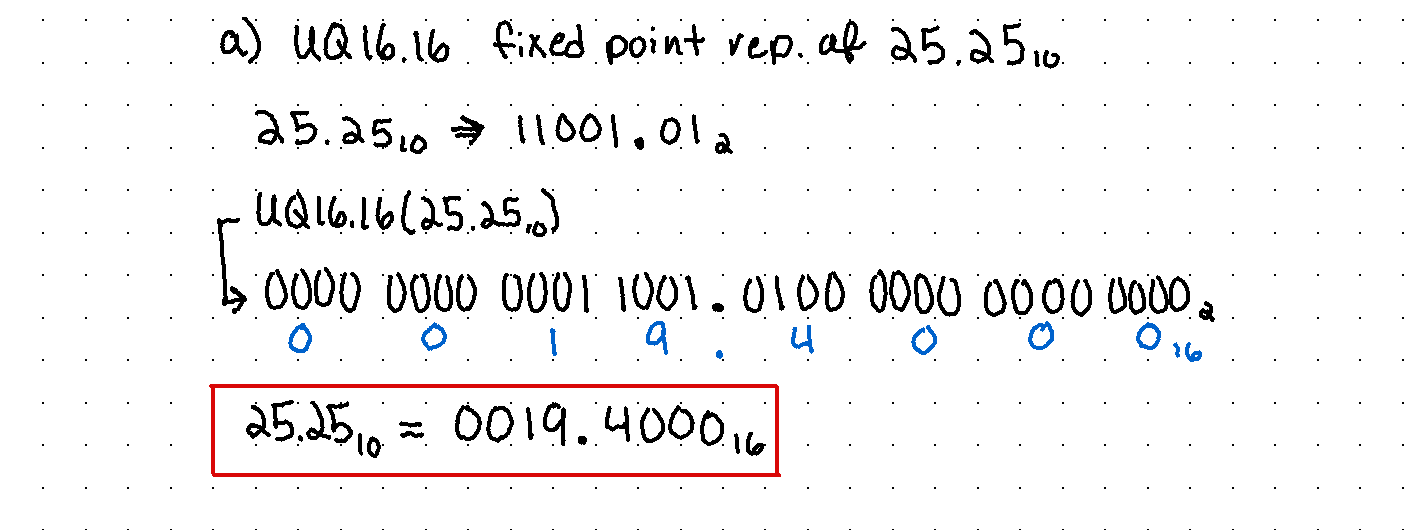
(b) Show the
floating-point representation of 25.25 (10) (half precision). (5
points)
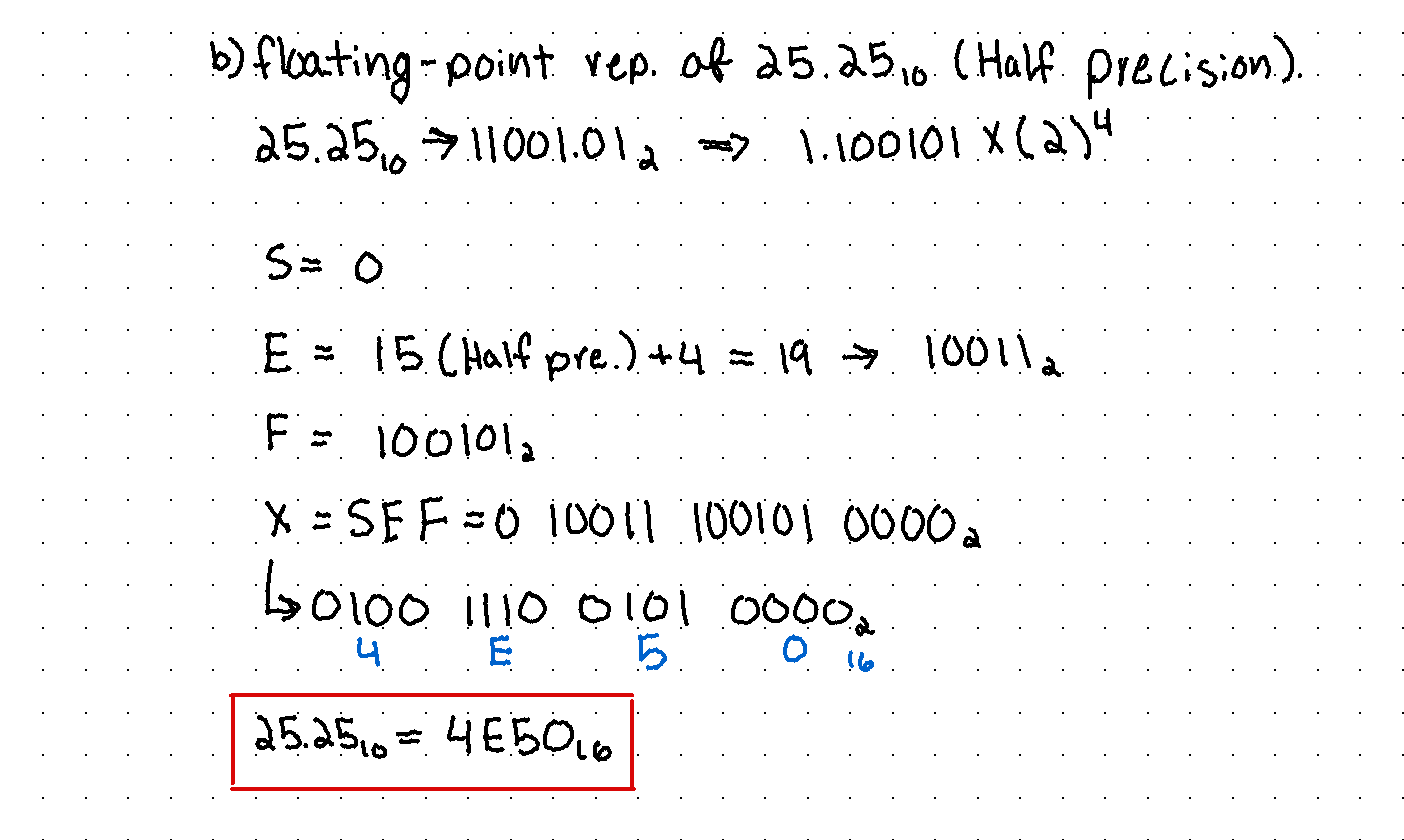
(c) Show the
floating-point representation of -25.25 (10) (half precision).
(5 points)
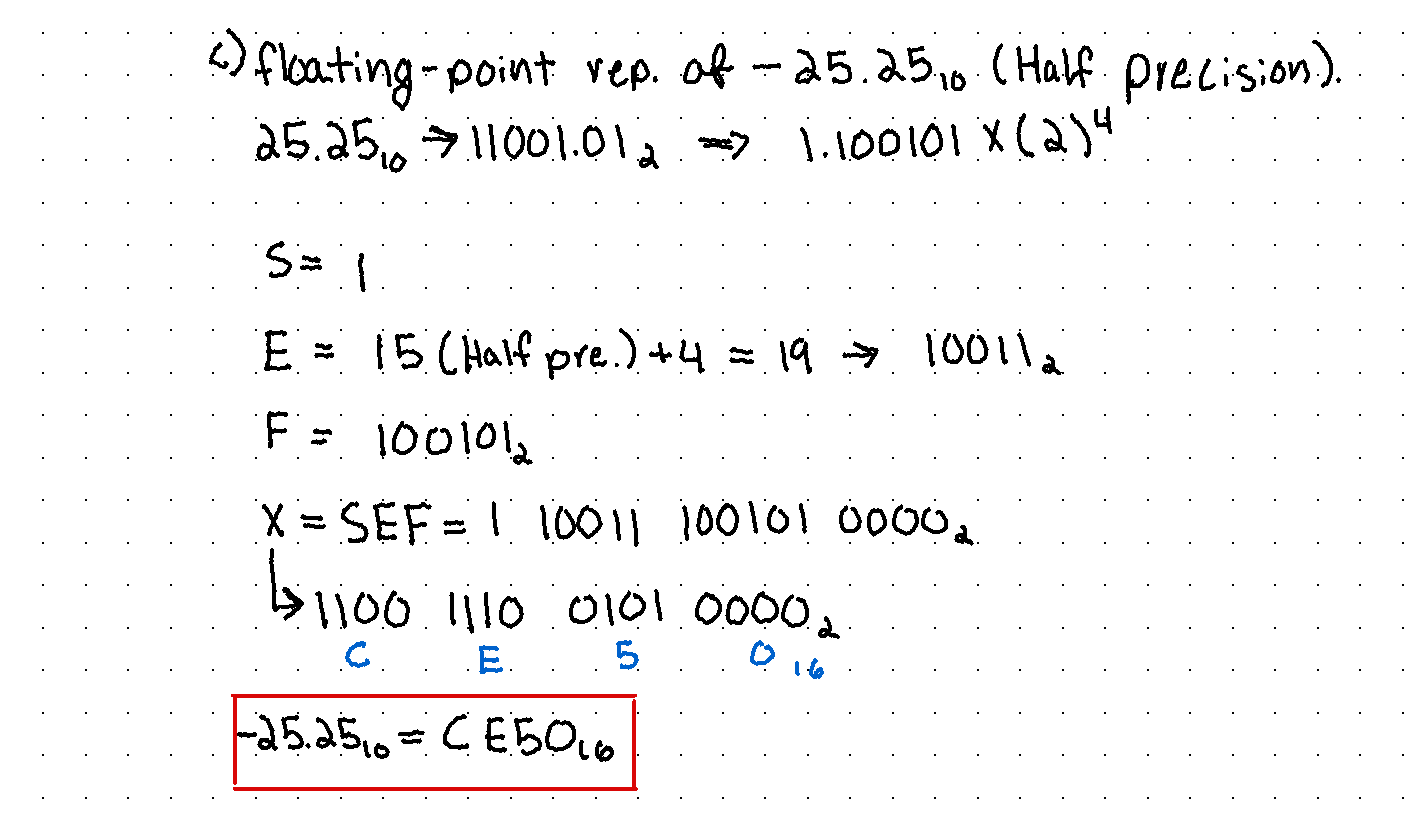
(d) Which ‘z’
has the new x and y values if the following two blocks are being
executed separately and only once? (5 points)
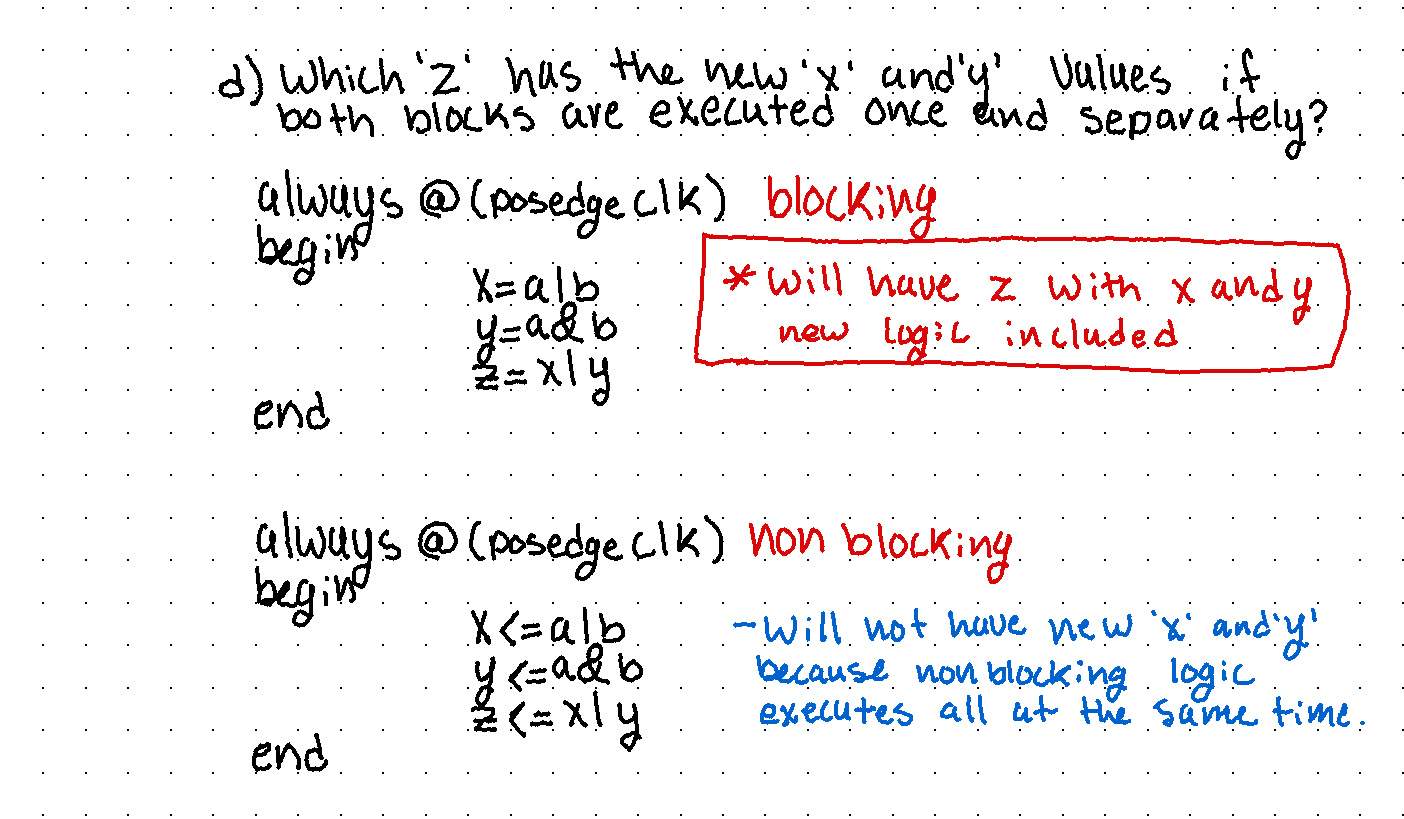
2. Make a 2
ns period clock waveform. Show the code and the simulation
results for credits. (10 points)
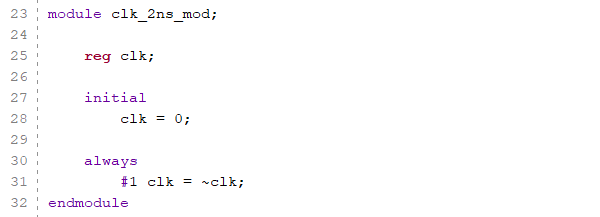

3. Design a
module which has a 6-bit input bus. The module checks if there
are even number of one’s or odd number of one’s in the input.
The two output bits shows output =2’b10 when it’s even, shows
output = 2’b01 when it’s odd. Show simulation results that
displays both outputs. (10 points)

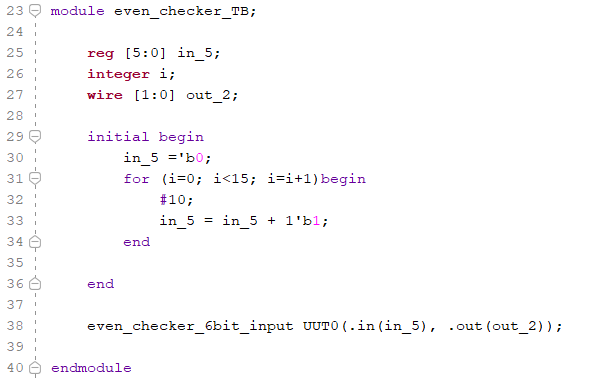

4. (a) Given
that the following state diagram is a sequence detector. What
the sequence of 4-bit binary code it detects? (10 points)

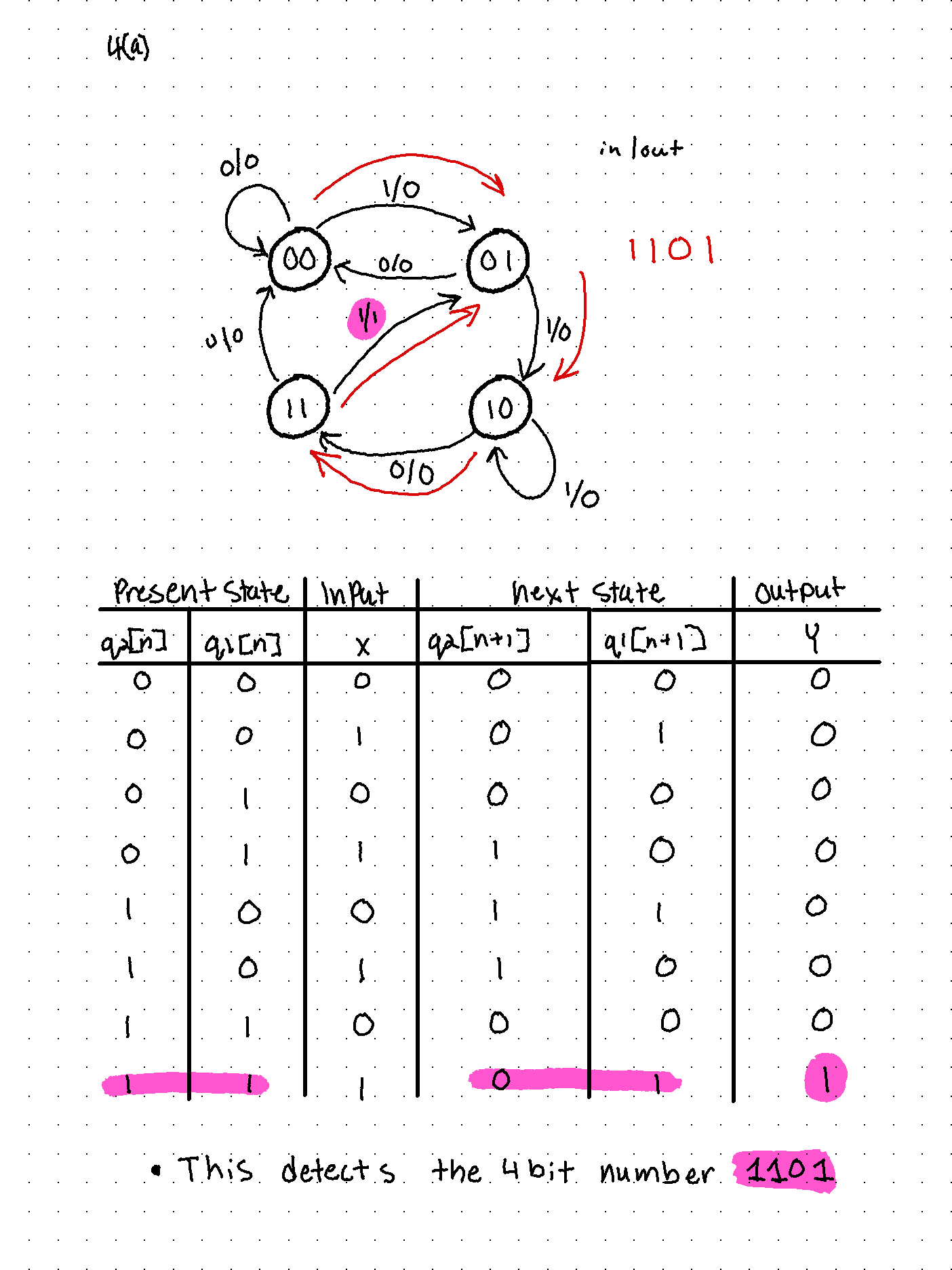
(b) Design a
sequence detector to detect a serial input of 1010 by completing
the following tasks: (50 points, demonstration video required)
• Draw the
state diagram similar to what is shown in (a). (10 points)
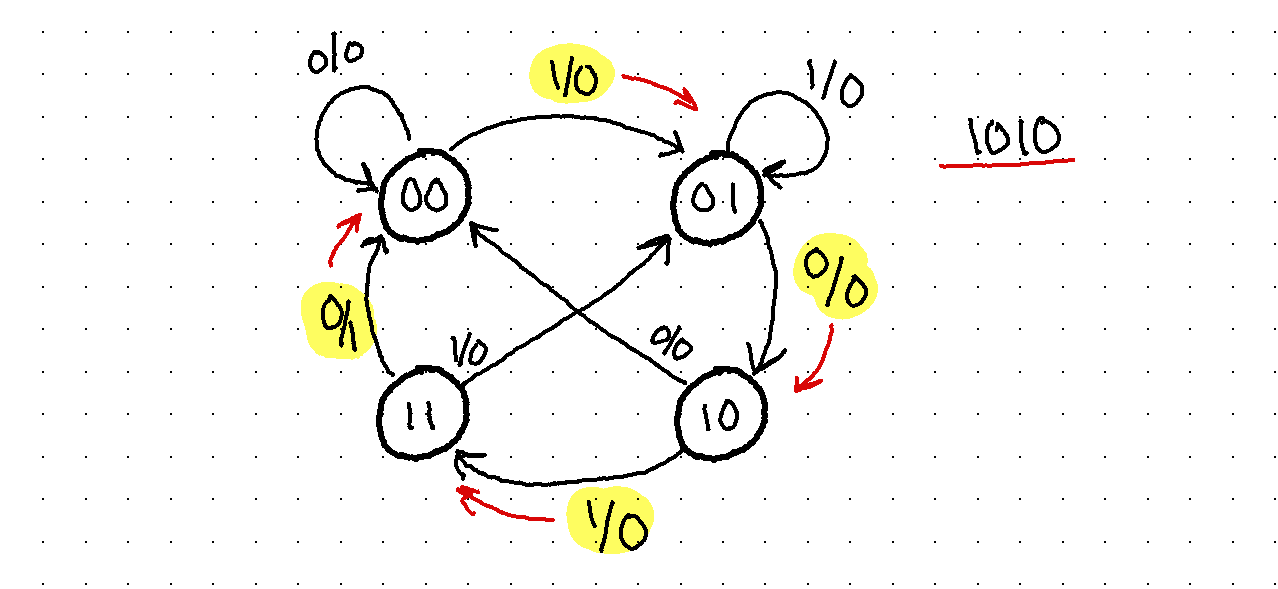
• Find the
truth table of the sequential circuit. (10 points)
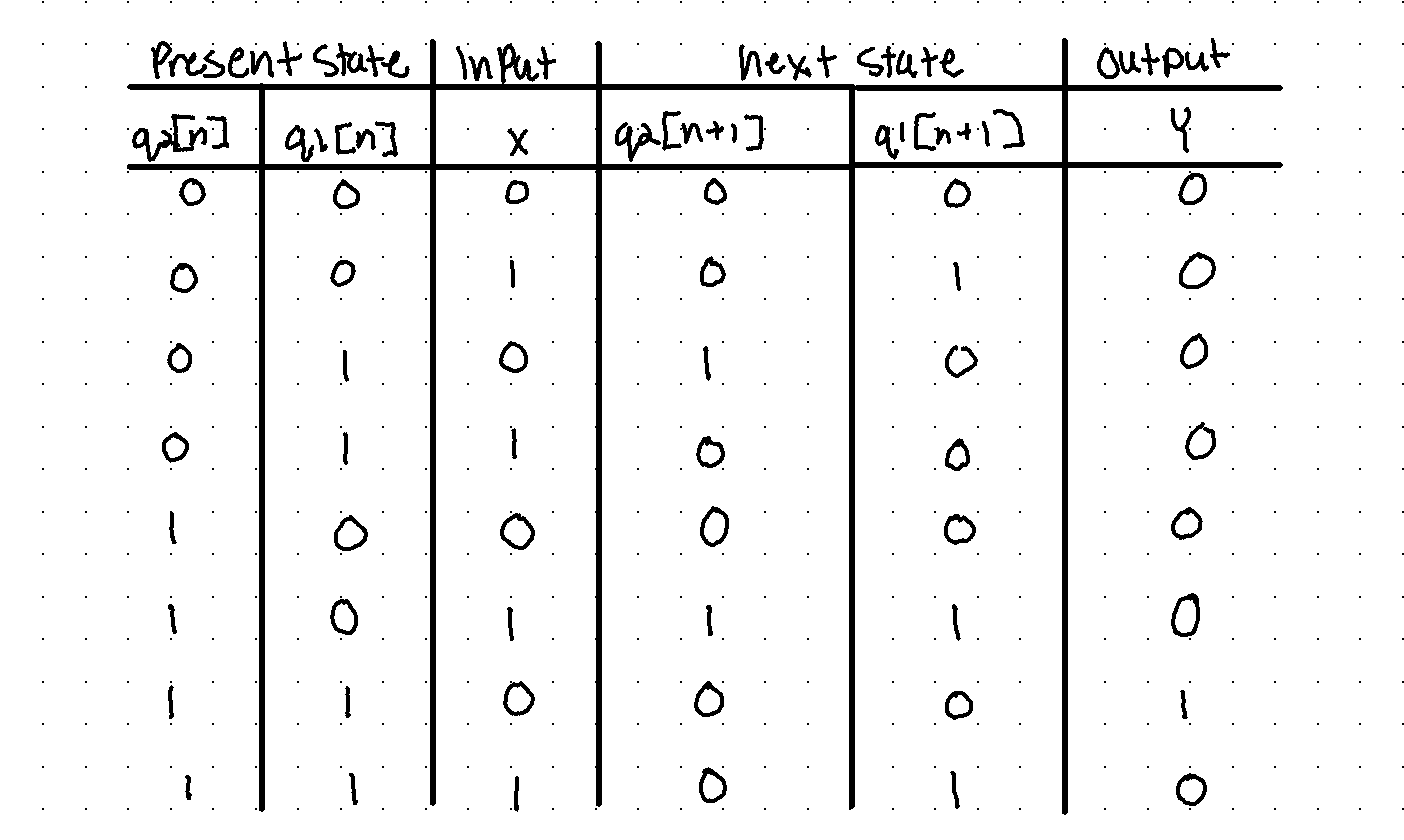
• Find the
logic expressions of the sequential circuit. (10 points)

• Code it up
using the behavioral Verilog model. (10 points)
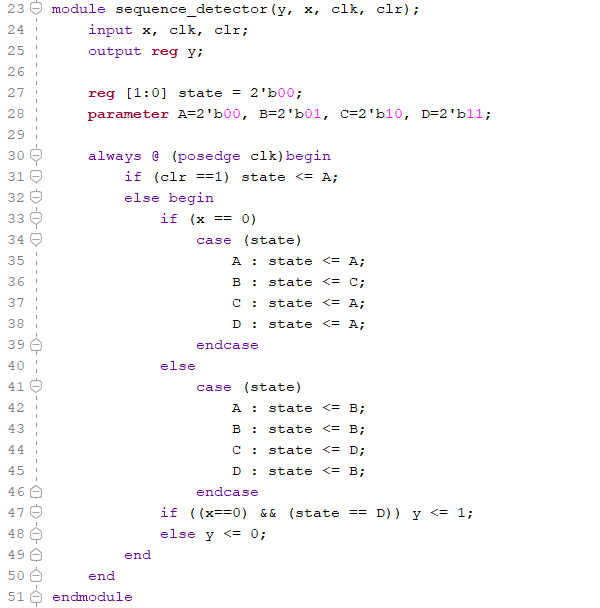
• Implement
it on the Basys 3 board. The serial input must be taken by a
switch, the values of the switch are registered by another
switch (as a clock). When the sequence is correct, the monitor
shows a solid green color (through VGA). When the sequence is
wrong, it returns to a solid red color. Continuous inputs are
allowed which means the customer is allowed to keep registering
code into it and whenever 4’b1010 is detected, it turns green
otherwise, it turns red. (10 points)
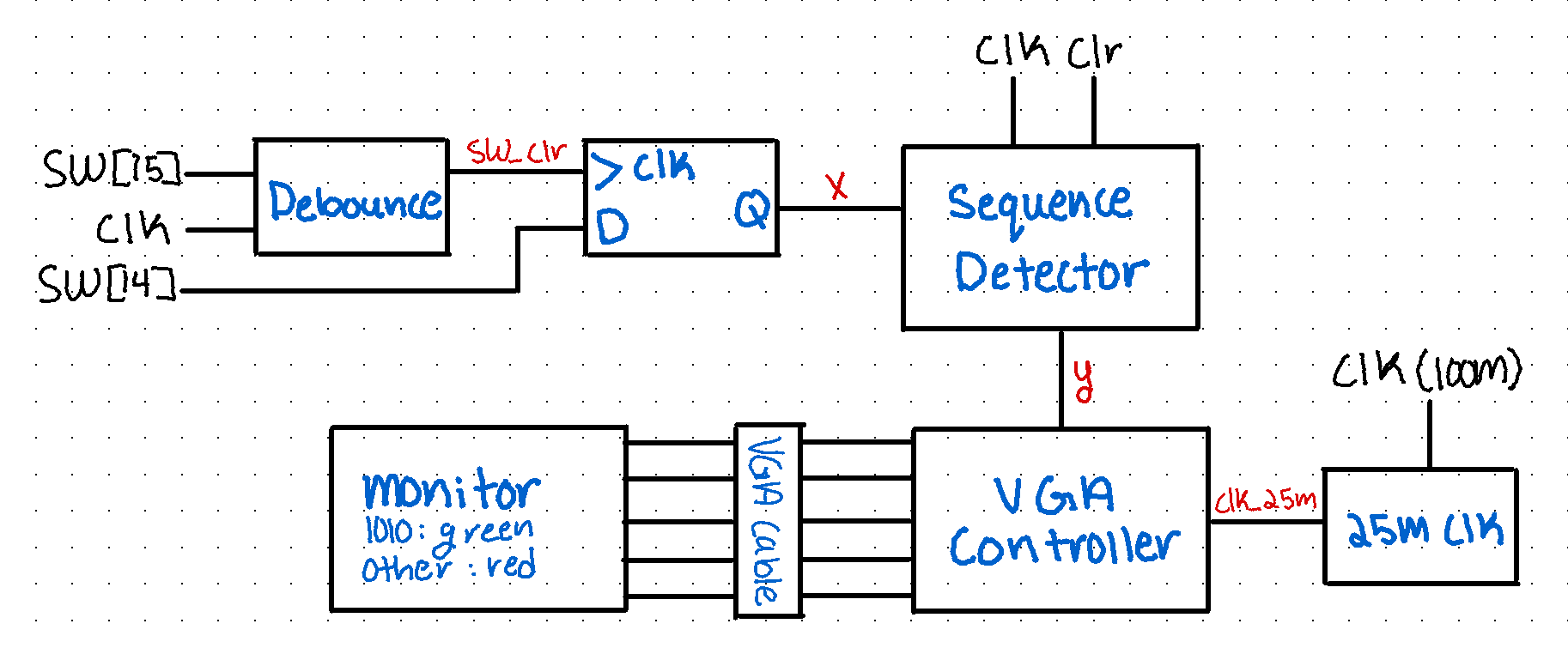
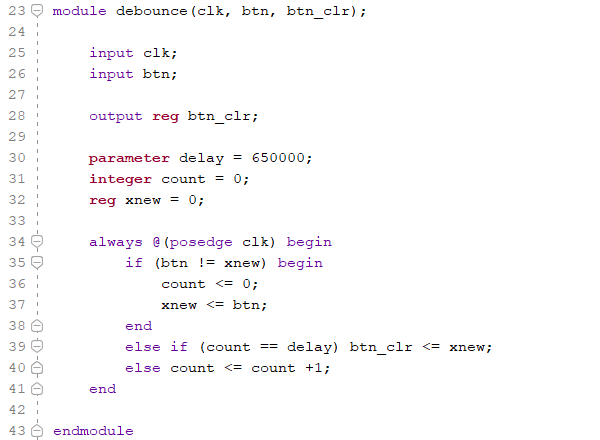
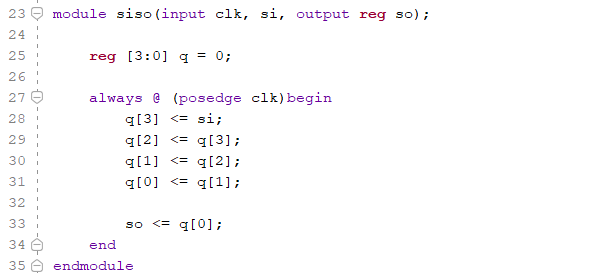
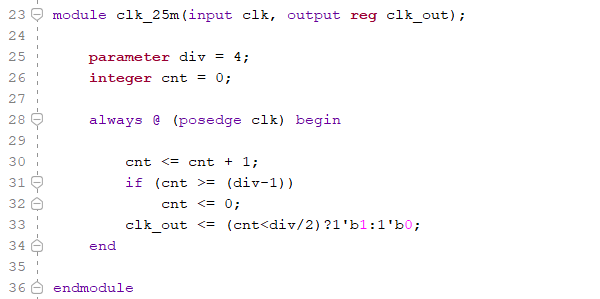

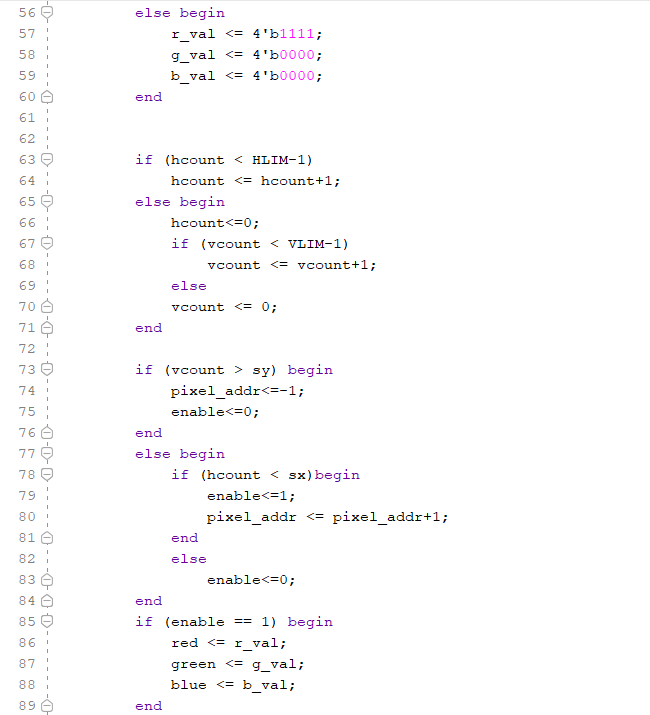
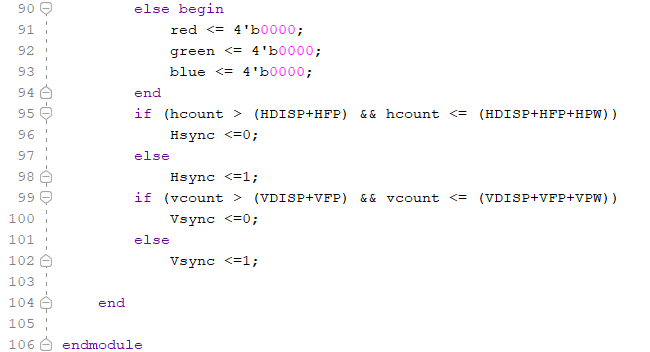
.
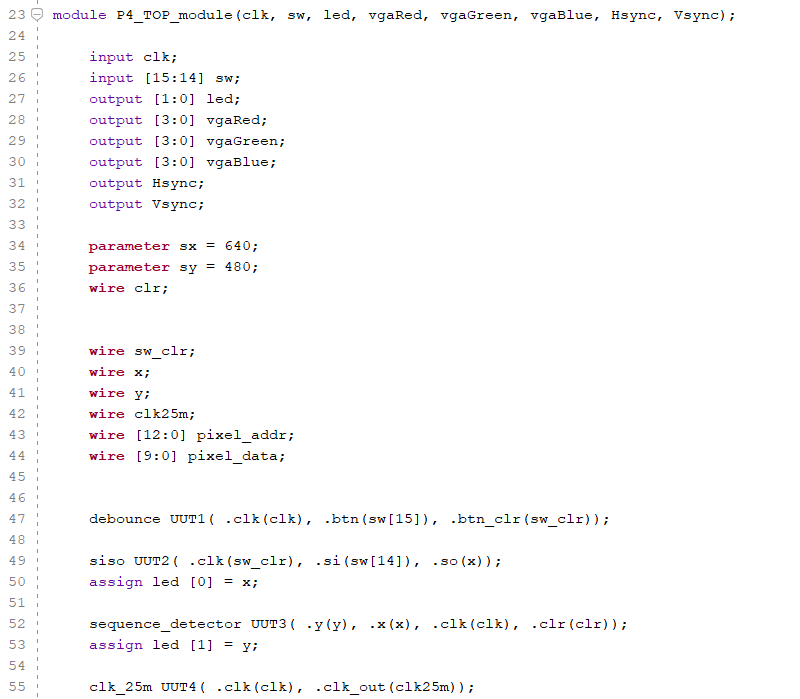
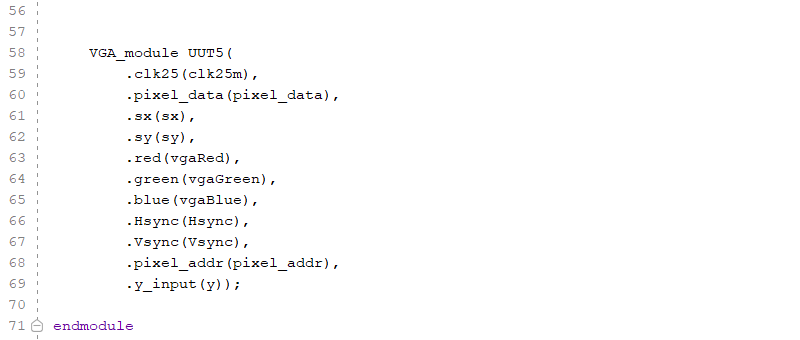
(VIDEO GOES
HERE)